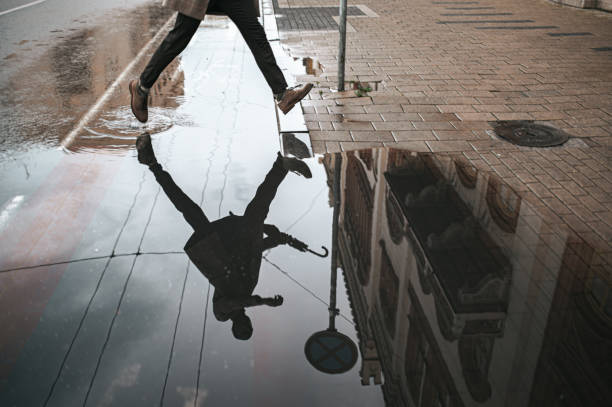The Impact of New York City's Weather on Sidewalks

Extreme heat, cold, snow, rain, and flooding all can affect the surface of concrete sidewalks. Cracks, potholes, spalling, uneven slabs, and water pooling are some common issues that the concrete might experience.
Taking proactive measures like building thicker concrete and using reinforcement techniques can help avoid major issues. Let us see how different climatic conditions can impact your sidewalks and what kind of damage might occur.
Heat and Sun
Extreme heat causes the concrete slabs to expand. If the slabs don’t have expansion joints between them, they might exert pressure on each other and crack due to this. Similarly, too much exposure of concrete to the sun can break down its pigments and cause its color to fade over time. Such concrete sidewalks look bleached or worn. Prolonged exposure to the sunlight can also weaken the surface and make it susceptible to damage.
Cold and Snow
The cold weather can also have an adverse impact on the sidewalks. Usually, during winters, the concrete can shrink and break. Moreover, in a freezing climate, the moisture in the soil can freeze and expand. This expansion beneath the concrete surface can cause it to crack. Moreover, using harsh deicing chemicals to melt the snow over sidewalks can lead to chipping and degradation of its surface.
Rain and Flooding
NYC experiences heavy rainfall, especially during summer months. If the sidewalk is cracked and has potholes, rain water can accumulate beneath the surface and damage the soil. Degradation to the soil because of the rain can cause the concrete slabs to sink and become uneven. Similarly, if the drainage system is poor, the water can pool over the sidewalks and make the surface slippery and risky. Flash floods can also disturb a city's drainage system and lead to inundated streets and sidewalks.
Usually city agencies can put in extra effort during and after heavy rains to clear out the drains and keep the sidewalks water-free and safe. The maintenance process can involve cleaning out the debris that clogs drains and repairing any damage caused by flooding.
How to Prevent Damage Caused By Extreme Weather Conditions?
If you want to avoid weather damages to your sidewalks, you must take preventative measures. Inspect the sidewalks for potential damages, including cracks, potholes, sinking, drainage, and discoloration issues.
For minor damage, you can get the sidewalks fixed yourself with crack filling and resurfacing methods. If you don’t address minor damages timely, they can lead to extensive issues. However, for extremely severe damages suck as deep cracks, potholes, and uneven surfaces, consider hiring professional service like Eden Concrete Contractors NYC.
In cold weather, if you want to avoid concrete degradation, use natural de-icing salts. Moreover, integrating rain barrels during sidewalk construction can help you avoid rainwater. Planning trees and flowers near the sidewalk can also save water and moisture buildup.
Conclusion
Extreme weather conditions can have an adverse impact on the surface of concrete. Old, poorly constructed, and worn-out sidewalks might receive extensive damages. Timely upgrading the sidewalks and eliminating the issues can save you a lot of money in the long run. You can inspect sidewalks yourself or hire professionals so that any damages can be timely detected.
Eden Concrete Contractors NYC offers free estimates for sidewalk repairs. With expertise in assessing the root cause of damage, they can suggest the best course of action. Contact one of our experts today to get a free quote.





